Through downsizing, the draw-e-chain saves 30% in costs in applications with occasional movement
igus has launched the draw-e-chain for cable routing in drawers and pull-out applications like server racks. Thanks to its minimal structural design, this compact energy chain costs 30% less than that of the most cost-effective standard e-chains. This prevents costly oversizing, especially if the application is only moved infrequently.
From drawers in camper vans to pull-out server racks in data centres: industrial energy chains are often oversized, offering hundreds of thousands of cycles for cable routing in applications where movement occurs only occasionally. Users are paying for features they don’t need. “That’s why we have developed the draw-e-chain, a new compact, low-cost energy chain for cable routing in drawers and pull-outs of all kinds,” explains Justin Leonard, e-chains director at igus.
The new energy chain has a bending radius of 45mm, an outer width of 45mm and an external height of just 22mm. “This makes it 13% flatter than our flattest standard e-chain to date, the B17.1.048.0,” Justin Leonard adds.
Minimal design makes draw-e-chain more affordable
The draw-e-chain is not only more compact than standard models, but is also cheaper, because there are no mechanically complex components. The injection-moulded e-chain does not need individual links to move. Instead, the segments are flexible enough to allow for the required bending. Thanks to the absence of chain links, the draw e-chain has only six segments per metre, where a simple snap-in system means segments can be connected with minimal effort and therefore cost-effectively. “Thanks to this minimal structural design, the draw-e-chain costs 30% less than our cheapest standard e-chain,” says Leonard.
Assembly completed in just minutes
The igus draw e-chain is designed so that it can be assembled by hand very quickly. The low-cost chain is designed for installations that can be rotated 90°, for example on the inner side wall of a drawer. Mounting brackets are not needed. Screw holes are located in the segments of the cable routing. “The insertion of cables can be done quickly,” says Leonard. “In contrast to standard e-chains, there are no crossbars that users would open first. You can simply push the cables from above through the bendable tabs of the energy chain. It takes just a few seconds.”


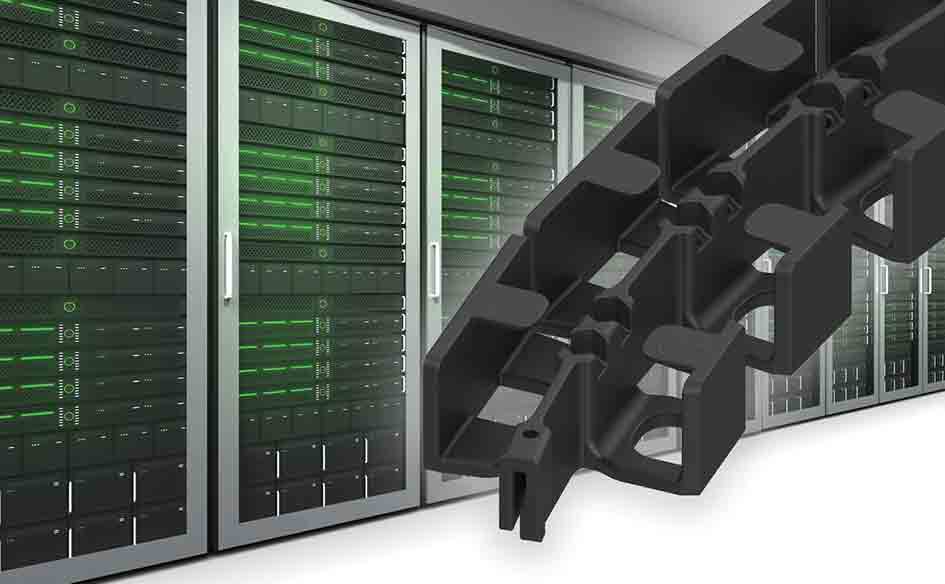
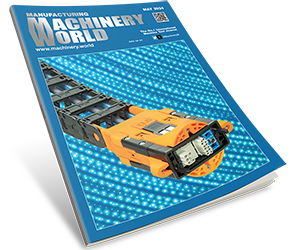
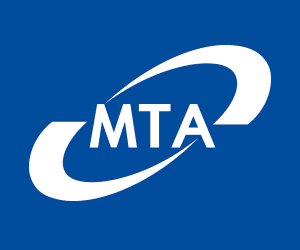
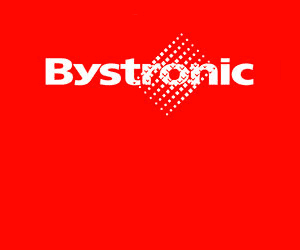

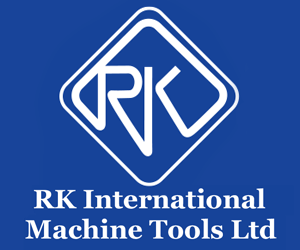

Leave a Reply